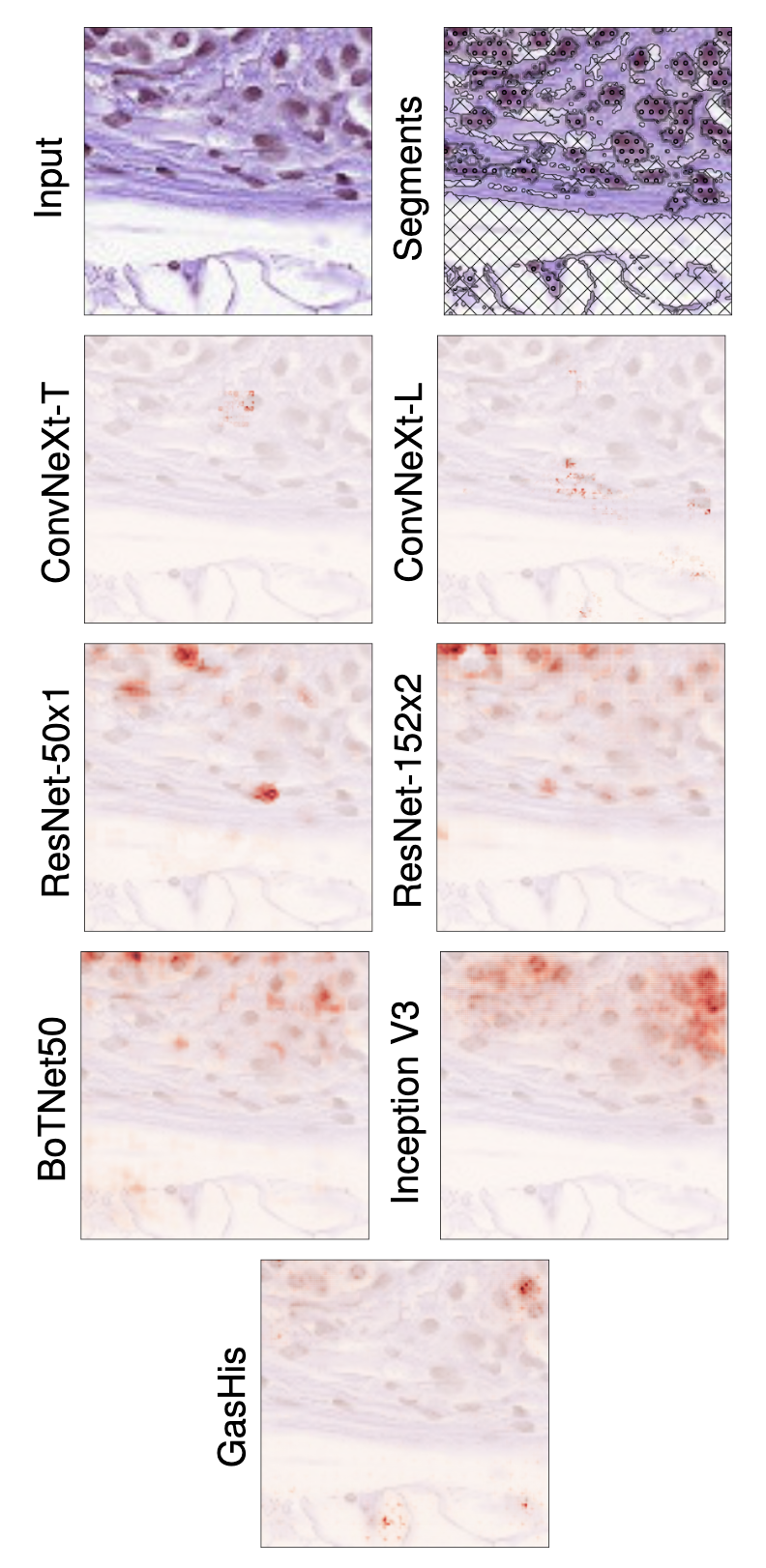From Modern CNNs to Vision Transformers: Assessing the Performance, Robustness, and Classification Strategies of Deep Learning Models in Histopathology
While machine learning is currently transforming the field of histopathology, the domain lacks a comprehensive evaluation of state-of-the-art models based on essential but complementary quality requirements beyond a mere classification accuracy. In order to fill this gap, we developed a new methodology to extensively evaluate a wide range of classification models, including recent vision transformers, and convolutional neural networks such as: ConvNeXt, ResNet (BiT), Inception, ViT and Swin transformer, with and without supervised or self-supervised pretraining. We thoroughly tested the models on five widely used histopathology datasets containing whole slide images of breast, gastric, and colorectal cancer and developed a novel approach using an image-to-image translation model to assess the robustness of a cancer classification model against stain variations. Further, we extended existing interpretability methods to previously unstudied models and systematically reveal insights of the models' classifications strategies that can be transferred to future model architectures.
PDF Abstract




 PCam
PCam
 MHIST
MHIST
 GasHisSDB
GasHisSDB